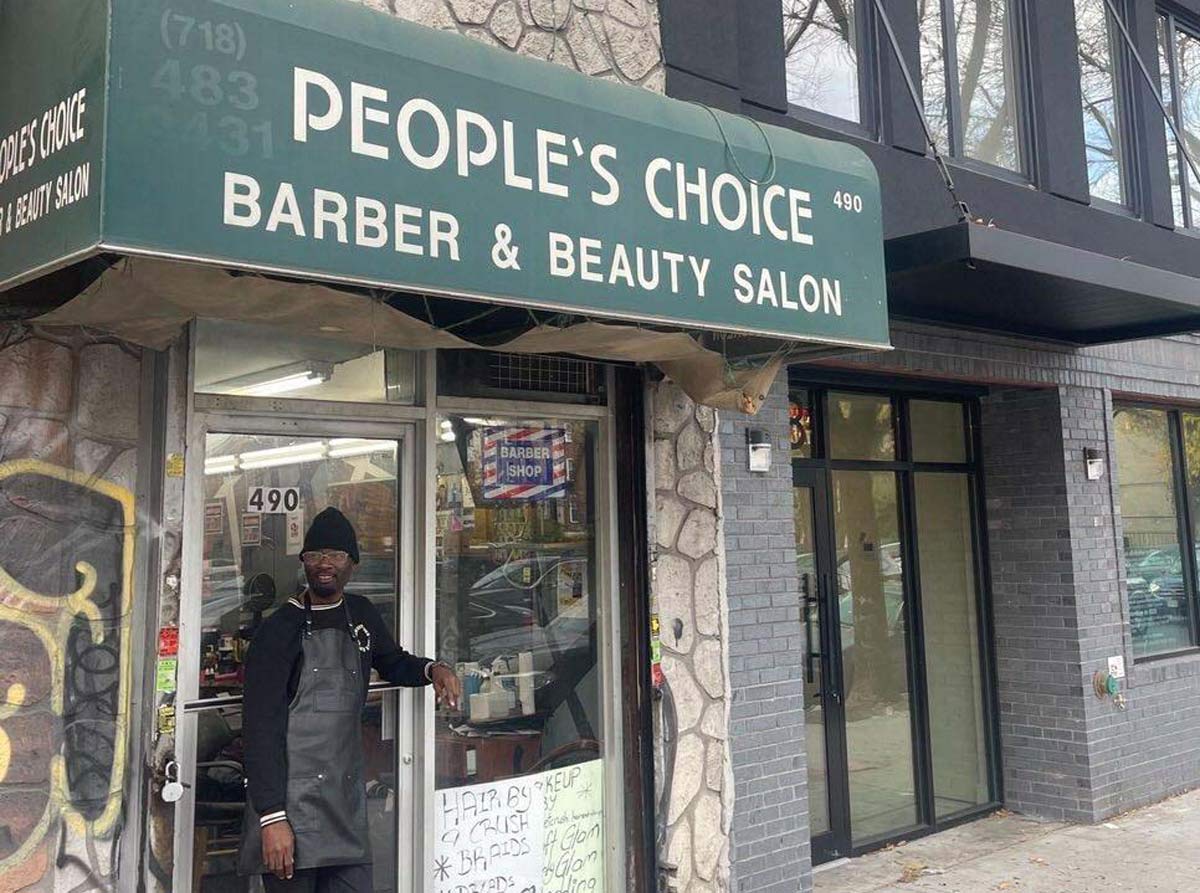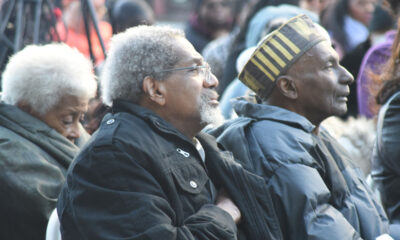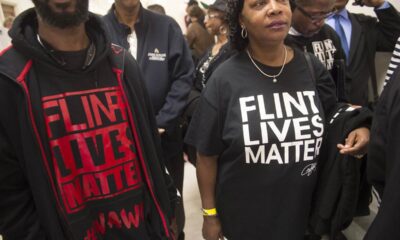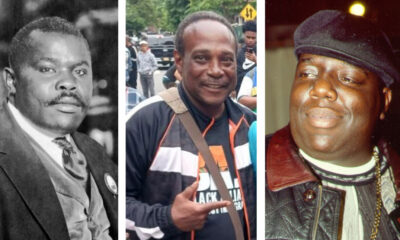Community News
Gentrification in Bed Stuy

By Nehemi’EL Simms
During the 1970s, 1980s, and 1990s Bed Stuy was primarily characterized as a gritty place, and despite its community-based achievements, characterized by the drug presence, abandoned buildings. Now, in 2023, it is changing.
A-Everlasting, a case worker that I met at the Marcus Garvey Armory on Marcus Garvey and Putnam Ave – now a men’s shelter that houses 200 homeless Black men — remembers the old Bed Stuy.
When he learned of my assignment for Our Time Press, he gave me a brief history and tour of Marcus Garvey Blvd and Putnam and went so far as to take me inside the shelter.
“Sure wasn’t no white people walking their dogs at night then,” he remarked with a chuckle. “There is economic and population change” occurring in Bed Stuy and cites the subsequent high cost of living as a direct source of the homelessness crisis that is disproportionately affecting young black males.
“A lot of our young brothers are homeless, and I’ve noticed that many of them are suffering from undiagnosed mental health problems,” he explained as he walked me through the shelter. “It seems like no one cares.”
Tony, the owner of “People’s Choice Barbershop,” a business of 17 years on the corner of Marcus Garvey Blvd and Fulton, traces the origin of the “change” back to about 2010. When I asked him his thoughts he told me that black people were not buying the property and were instead “buying clothes and cars.” When asked why the Black people of the neighborhood did not act in a more proactive manner he placed the focus on the “consumer culture” that we are in the midst of.
“I cut both white children and black children’s hair, and one time me ah eavesdrop pon weh dem a talk ‘bout,” he told me.
“The white children dem a talk ‘bout building apps and investing and dem ting, and the black children stay there a talk ‘bout Jordans and clothes,” he said in a very concerned tone.
“What are the most significant differences in the neighborhoods?” I asked, wanting to be able to get some concrete understanding of what they saw.
At this point, everyone in the barbershop was part of the discussion. One of the elder brothers getting his haircut pointed to the height of newer-looking buildings.
“That building has about nine floors,” he said, pointing out the window and to a fresh-looking building across the street. “A couple of years ago, the buildings only got up to about 4th floor, like that one,” he said, pointing to a worn-out brownish-gray building on the same block.
Another brother getting a cut told me about the new boutiques and new small businesses, particularly restaurants, moving in.
“Some of the gentrification is due to our own people,” Tony said.
“Some of our people who own these buildings rent to white, more financially able people. Some of our people sell the house left to them by parents and grandparents to gentrifiers,” he explained.
It is without doubt that something is happening, and it’s happening fast. According to New York Times writer Sam Robert in a 2011 article entitled Striking Change in Bedford Stuyvesant as the White Population Soars, “from 2000 to 2010, the white population soared 633 percent – the biggest percentage increase of any major racial or ethnic group in any New York City neighborhood.”
In short, the neighborhood becomes more expensive, yet the people who live there stay poor.
I realized that these ordinary working-class African people recognize their neighborhood is changing. They also realize that the change is not for the benefit of people who look like them.
“The overall cost of living is going through the roof,” someone called out from a barber’s chair further towards the back. A resounding murmur of approval arose from the shop as he went on to explain the insane price his niece was paying for a one-bedroom.
Next week, we go to political leaders to find out what’s being done to stop displacement or replacement.
We’ll also return to the barber shop and other places to find out more about the problem and share thoughts on what to do about it.













